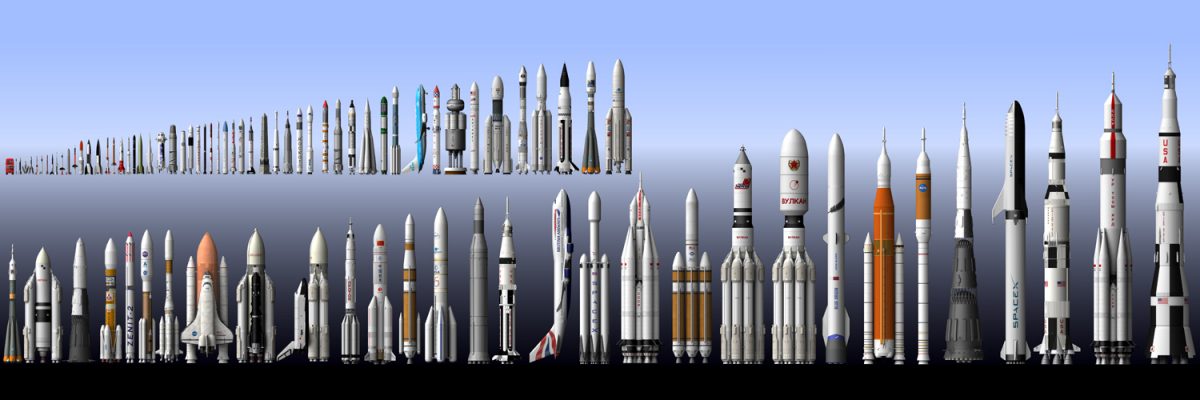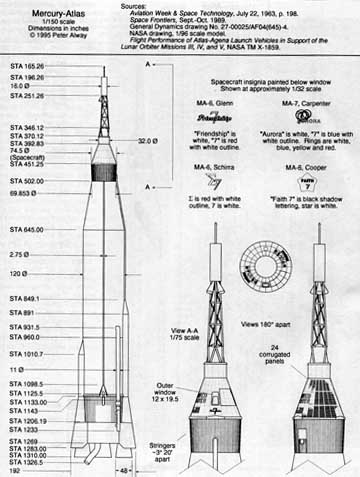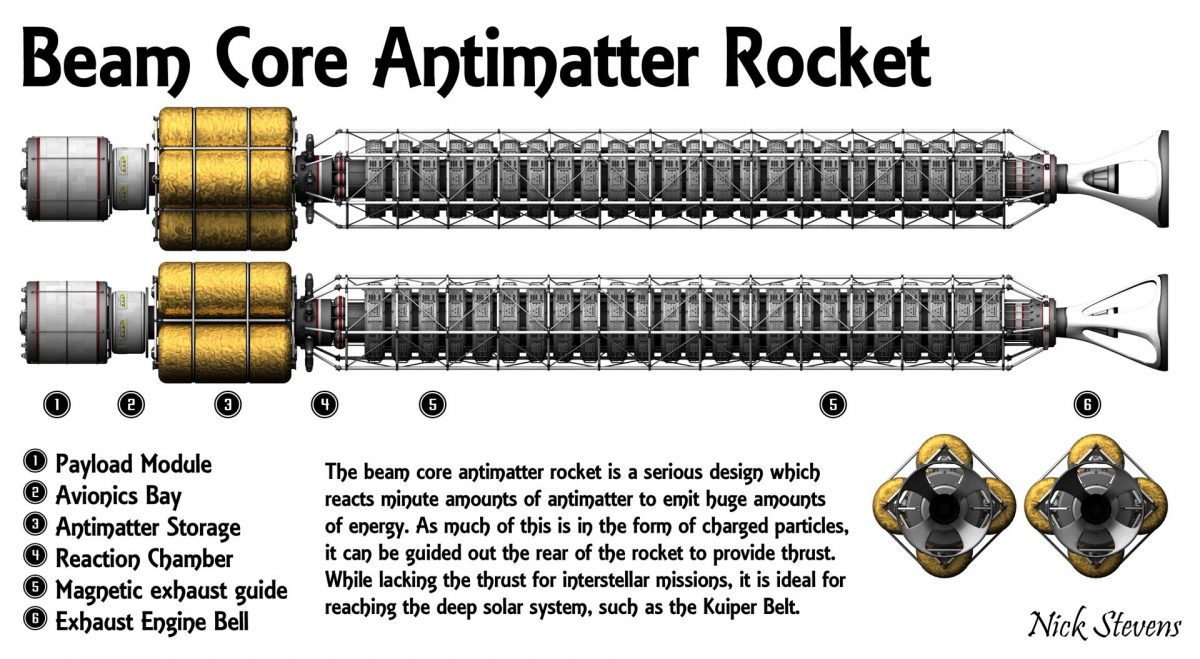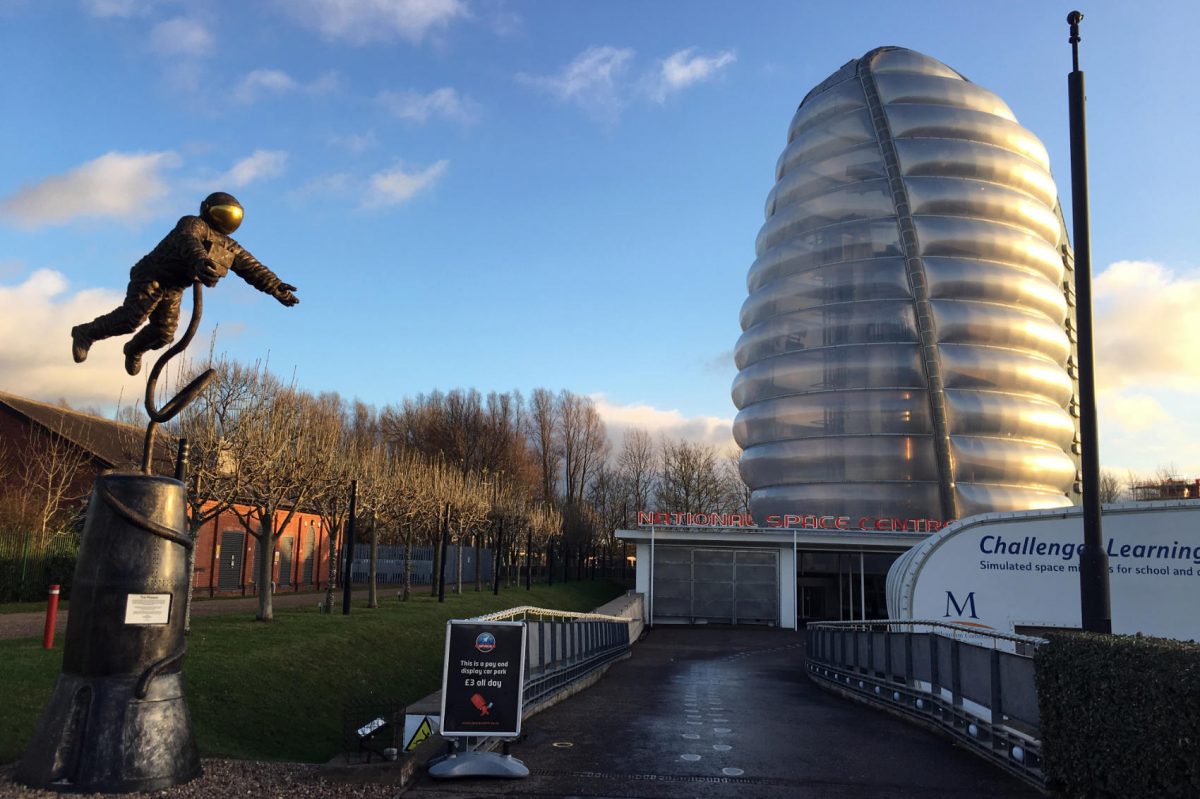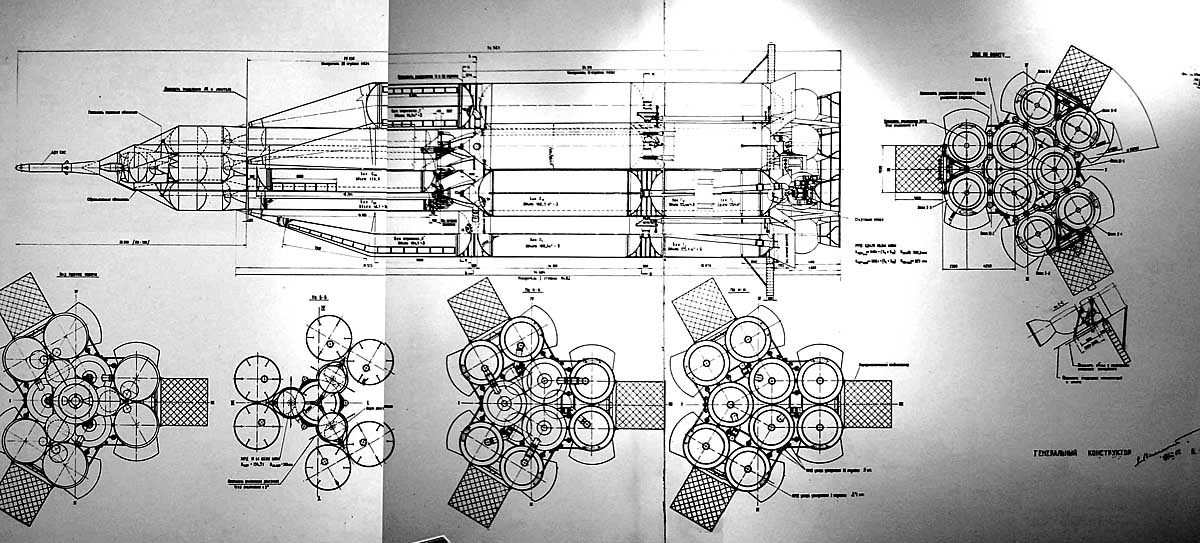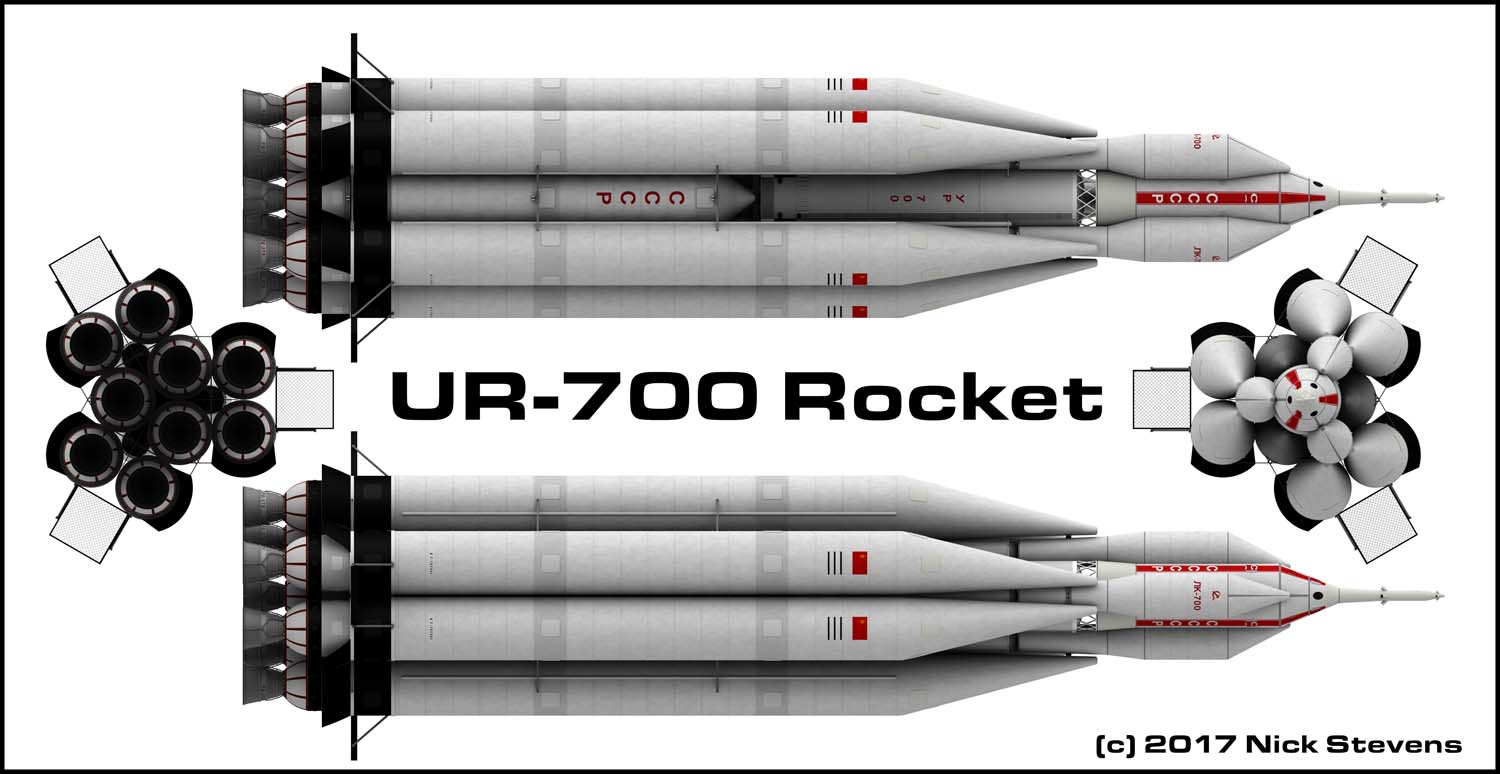Ok, this is bound to be highly subjective! But for what it’s worth, here are the ten most beautiful rockets, in my opinion.
10. Electron.
The shape is simple but the paint job wins the prize. New Zealand based, which is why we have what is effectively a rocket wearing an All Blacks rugby shirt.
I note they also claim to have the most beautiful launch site in the world, and having visited New Zealand, I am willing to accept that.


